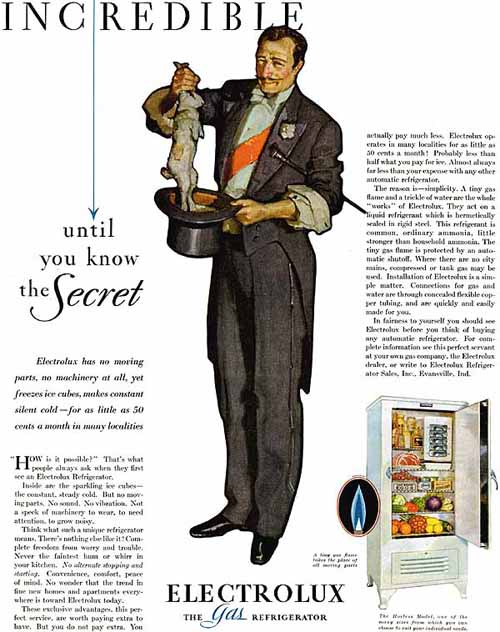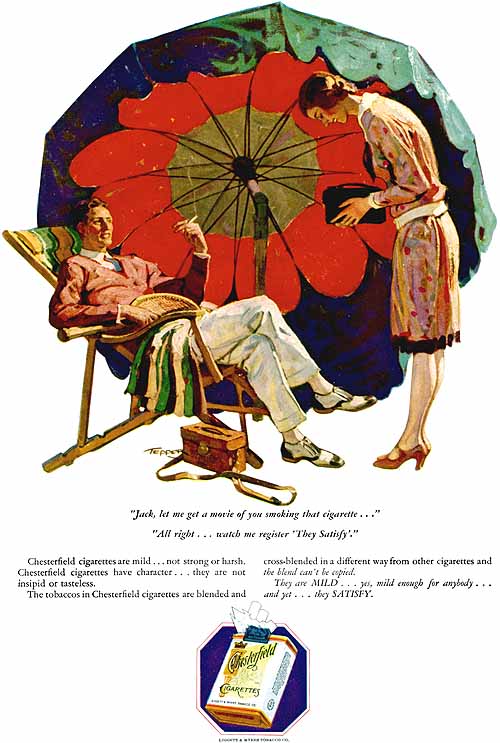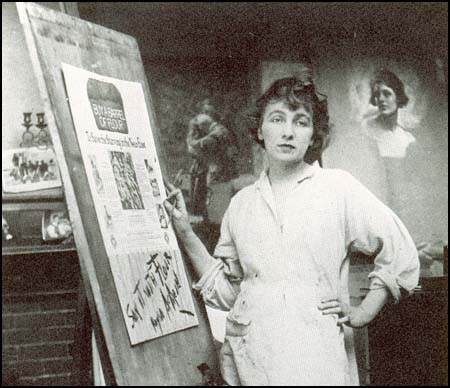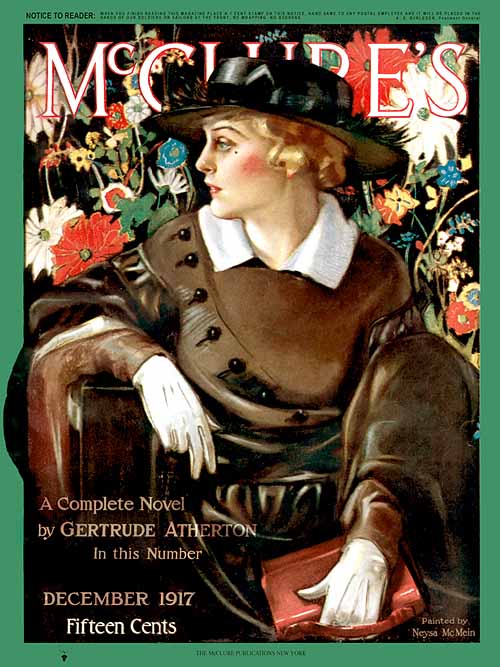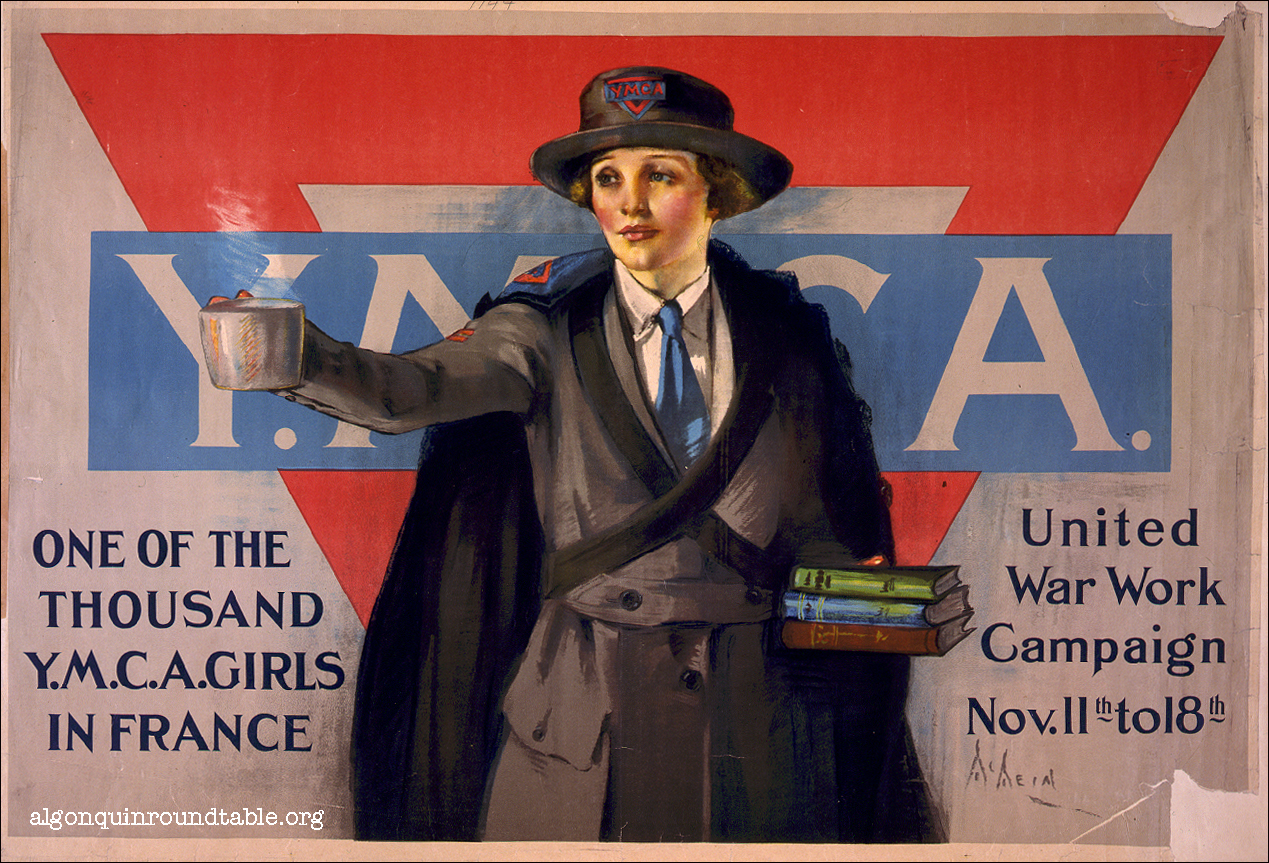
Leonard Baskin was an incredible Jewish artist, who worked in a variety of mediums such as sculpture, woodcut prints and illustration. Apart from these mediums, Baskin also contributed various different memorials including one for the Holocaust.

Above all else, Baskin considered himself a sculptor, a view which was not shared with many others. Baskin is actually more widely remembered for the work he completed on paper. These illustrations and prints. His prints and illustrations are commonly celebrated for their unique line quality and the inventive use of woodcut printing. However, a large part of these works are in fact preparatory attempts for his sculptures.
Baskin began his art education at age fourteen, when he set on being solely an illustrator, and attended the New York University’s school of Architecture and Allied Arts and at Yale University. It was in Yale university where Baskin first discovered his lifelong passion for printmaking. After briefly serving the US Navy during world war one, Baskin attended the New School for Social Research (now known as the New School) and studied in Paris and Florence. In his later years he taught at Smith College and at Hampshire college.
In 1942 he founded the Ghena Press, a publication company for which all fine press books were measured against.

Baskin also explored his Jewish identity and the holocaust in his works. Baskin’s father was a rabbi, and his brother followed his path, and went Baskin was young we worked at a Synagogue for extra cash. This upbringing helped create the context for much of his art pieces. Baskin went on to create many religious works, such as his illustrations of the Haggadah and of the 5 Biblical scrolls, as well as his “Angels to the Jews” series. Additionally he also created a memorial for the Holocaust which was erected in 1944 and is in the First Jewish Cemetery in Ann Arbor, Michigan. The sculpture depicts an anguished, seated figure, with one hand covering its face, and the other outstretched towards the sky. Baskin also created a series of woodcut prints about the Holocaust.

One of the prints was five feet long and depicted a skeleton encircled by birds (owls and crows). The Yiddish proverb “The resurrection of the dead; we don’t believe in it. In any case, the owls and the crows will represent us” was printed onto the piece.
Additionally Baskin cited Ancient Greek and Egyptian art and mythology to be sources of inspiration. The influence and imagery of Greek mythology is notably prevalent, especially through his repeated usage of the prophetic character Sibyl, in many of his works.
Aside from visual art, Baskin was also a writer who wanted to bring attention to overlooked artist.
I am very disappointed by the fact that I’ve never heard of, or seen of of Baskin’s incredible work. Normally, sculpture isn’t my favourite medium but it’s impossible not to be captivated by Baskin’s sculpture. His prints and illustrations are also incredibly interesting, and I greatly admire Baskin’s quality of line.

Sources
- https://www.davidsongalleries.com/artists/modern/leonard-baskin/
- http://www.rmichelson.com/artists/leonard-baskin/
- http://www.artnet.com/artists/leonard-baskin/
